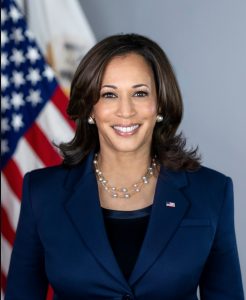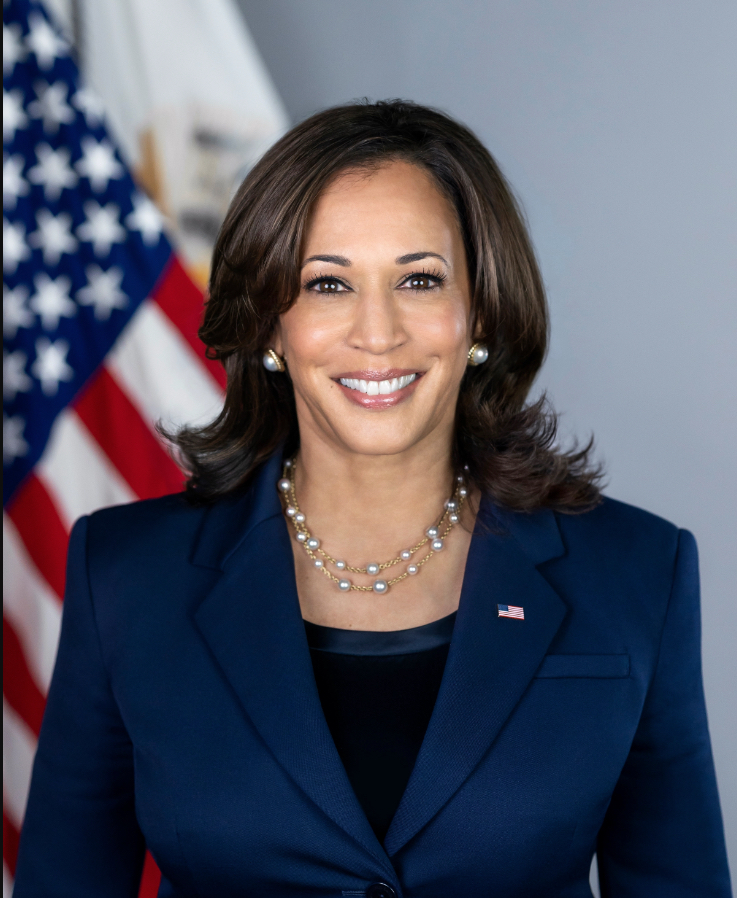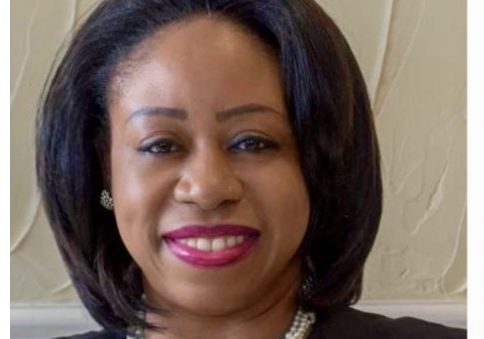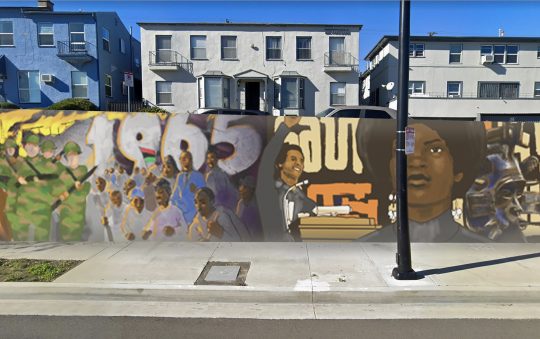
Over the past 107 days, the Kamala Harris for President campaign has been a roller coaster ride of emotions. Following President Joe Biden’s decision to withdraw from the race and his recommendation for Vice President Kamala Harris to be the Democratic nominee, we have lived through the anxiety of “who will and who won’t support her?”
From the overwhelming jubilation of the Democratic National Convention with Lil Jon leading the nomination process to Michelle Obama’s “My Black Job” speech, all culminated with Kamala Harris’ incredible acceptance speech.
We also celebrated when beyond a shadow of a doubt, Kamala Harris dominated the one and only debate over Donald Trump, which led us to once again believe that this was all possible.
Unfortunately, like all roller coaster rides, this one came to a screeching and disappointing end when the red wave of America rolled in on November 5, 2024, and Donald Trump was elected for another four years as the 47th President of the United States.
On the day after, we will all have our theories of what went wrong and these theories will be debated in classrooms, barber shops and dinner tables across Black America for years to come. l had real hope that America was ready to elect the first woman president. But that hope came crashing down as quickly as Kamala’s rise to the nomination came to be.
Trump’s victory became all but certain when the former president won the battleground state of Pennsylvania and its 19 electoral votes. Pennsylvania was a state that Democrats had only lost once since 1988 and that loss came with Donald Trump defeating Hillary Clinton in 2016.
The Harris-Walz campaign worked hard and spent millions of dollars trying to secure victories in the battleground states of Arizona, Nevada, Georgia, and North Carolina − but as of Sentinel press time, it appears unlikely she’ll win any of them. The losses appear to continue to mount up with the Democrats’ “blue wall” crumbling as Harris trails in Michigan and has outright lost Pennsylvania and Wisconsin.
Harris and her campaign hoped to win the White House by bringing over moderate Republican and independent voters fed up with nearly a decade of division in the era of Donald Trump. That effort failed as Harris was unable to bring over those moderates as well as was unable to mount strong and unwavering appeal from Black, Latino and young voters as Obama had done in 2008 and 2012.
Harris underperformed with voters of color − particularly Latino voters − but also Black voters in urban centers such as Philadelphia, Detroit and Milwaukee. Harris carried Black voters 86%-12% and Latino voters 53%-45%, according to CNN exit polls. But in the 2020 election, Biden won Black voters by a wider 92%-8% margin over Trump, and Latino voters 65%-32%.
The real answers to why Harris lost may never be figured out, despite that fact that many political insiders will debate the “who, what and why” of what happened for years to come. As one political insider put it, “With only 107 days to mount a nationwide campaign, Vice President Harris had to be flawless, while Donald Trump had the ability to be lawless.”
Whether it was time, race, or gender in states outside of California, the campaign lost ground in many college-educated suburbs, which traditionally are Democratic strongholds in recent election cycles. In Montgomery County outside Philadelphia, Harris defeated Trump by 23 percentage points. Biden carried it by 26 points.
Ultimately, Harris underperformed Biden in 2020 in these places, returning to the levels Clinton got in 2016, which unfortunately wasn’t enough to secure a victory.







